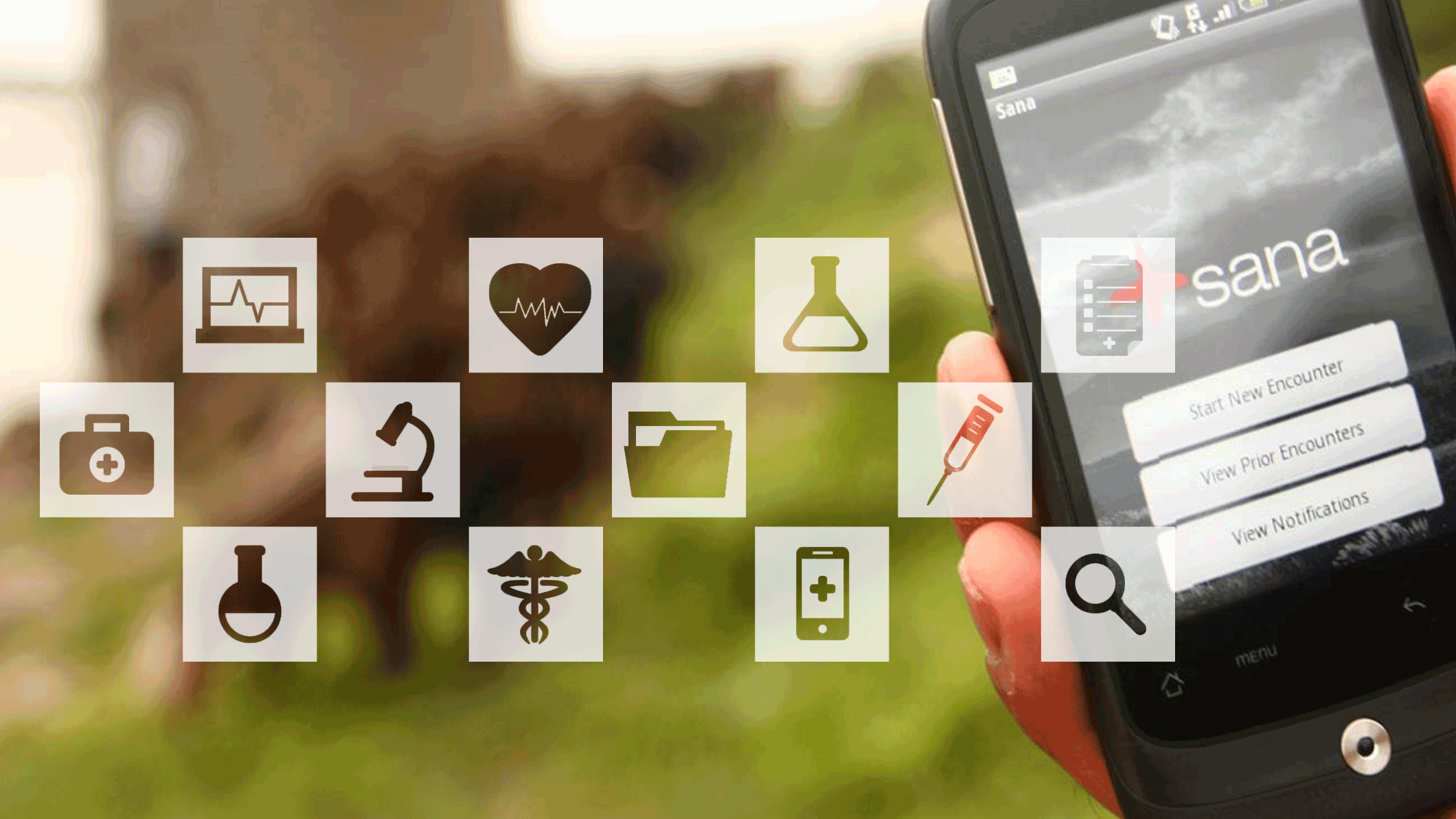
Leo Anthony Celi
Course Co-director MIT

Disease has no respect for country borders and increased global travel has fueled the spread of infectious disease, as evidenced by the Ebola virus epidemic. Chronic diseases such as diabetes and heart disease, initially confined to the developed world, now exist side by side with malnutrition in low- and middle-income countries (LMIC). Global warming is widening the endemicity of vector-borne diseases.
In this course, we will explore ways to leverage information technology to combat disease and promote health, especially in resource-constrained settings. Technology is a driving force that sweeps across nations even faster than disease and with the spread of mobile phones, which bring computational power and data to our fingertips, new paradigms in tracking and battling disease have been discovered.
This course will explore innovations in information systems in developing countries, and focus not only on the importance of technology, but also on broader issues necessary for its success, such as quality improvement, project management, and leadership skills. Ultimately, health care delivery systems require fundamental and sound operations, such as physical infrastructure and supply-chain management, to deliver high-quality care. Technology is simply a tool to help facilitate this process.
The quality of care theme is critical to this course. The first step stakeholders in health systems should focus on prior to introducing an innovation is to establish a culture of quality improvement and patient safety. An information system can then play a facilitative role by enabling care coordination, tracking processes and outcomes, informing decision making, and fostering learning through data analysis.
An information system without an accompanying organizational transformation risks reinforcing the same failed processes. Using technology to improve access to care without any other quality improvement elements will yield the same and not necessarily better results, but more of them. Innovations need to address gaps in quality and demonstrate improvement in health outcomes, otherwise they won’t sustain or scale.
Lastly, we will discuss our attempts to leverage troves of data to define best practice and how we must keep the patient perspective and health at the center of everything we do.
This course is targeted toward individuals interested in designing or implementing a health information and communication technology (ICT) solution in the developing world. Implementing a health information technology project requires multidisciplinary teams. Thus, with this course, we hope to bring together individuals from a variety of disciplines—computer science, medicine, engineering, public health, policy, and business.

Course Co-director MIT

Course Co-director MIT

Course Instructor MIT

Course Instructor MIT